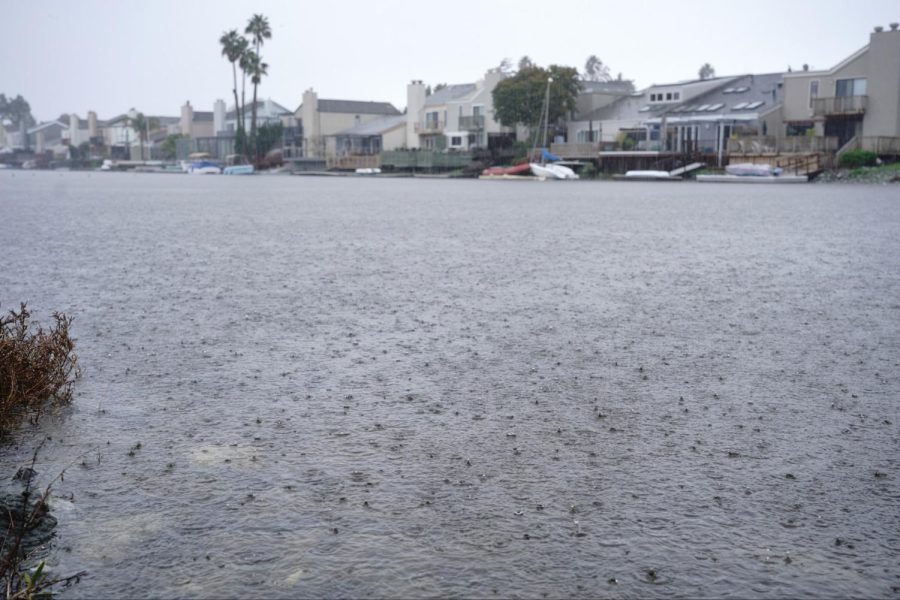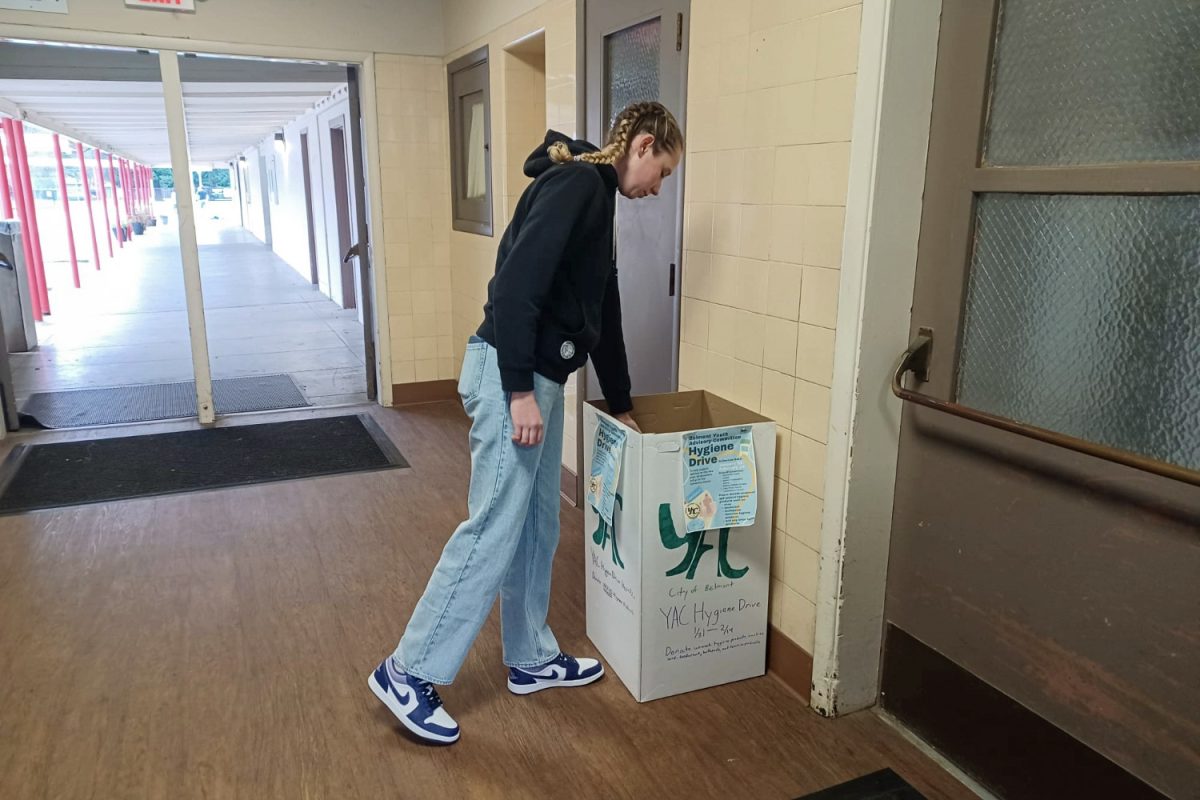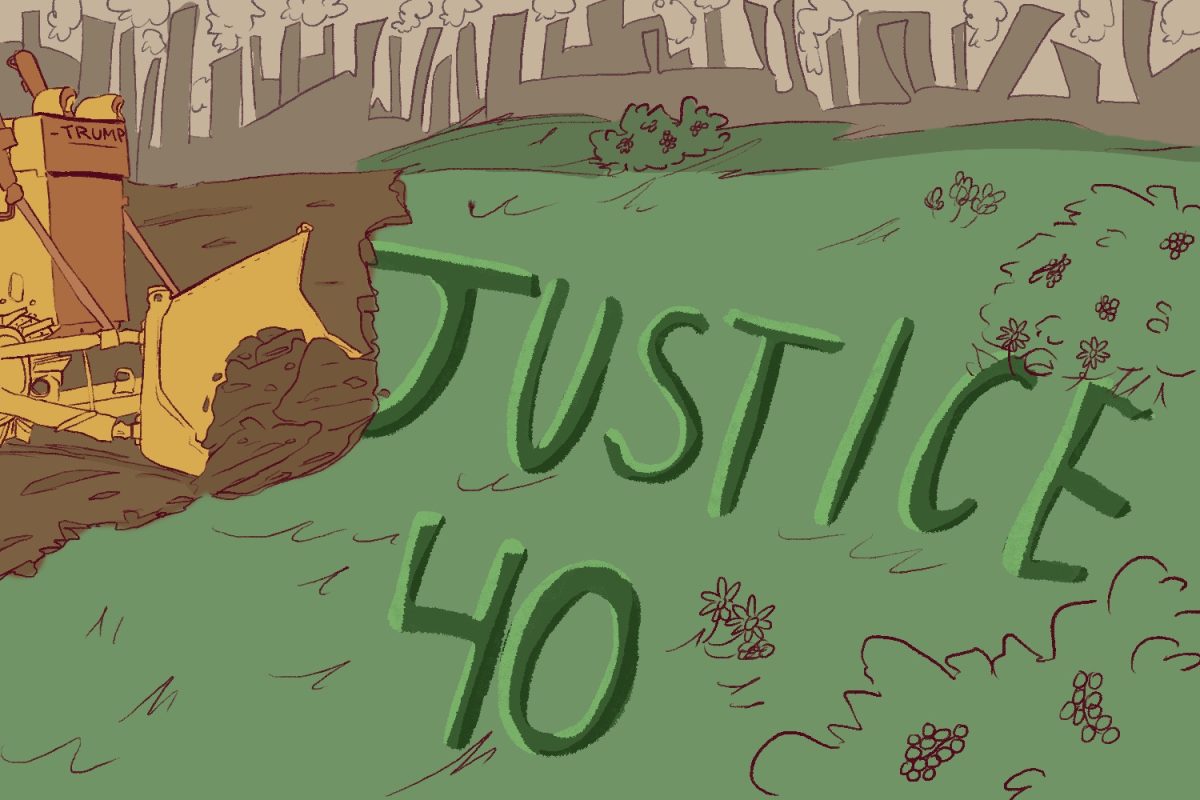Despite the heavy rainstorms that have hit California in recent weeks, bringing much-needed water and snow, drought conditions continue to plague the state.
The recent storms were caused by atmospheric rivers carried by warm air. When the warm air entered California, the atmospheric rivers poured massive amounts of rain, which beget flooding, mudslides, and enormous property damage, according to Jeremy Arrich, the manager of the Department of Water Resources’ (DWR) Division of Flood Management.
“Unfortunately, there were many incidents of homes being flooded as well as lives lost,” Arrich said. “The flood operations are doing their best to keep the damage to a minimum.”
According to Michael Anderson, a state climatologist at the DWR, the sudden spike in rainfall is temporary, and drier weather is expected for the rest of January.
“It’s great that we’ve gotten a record pack of rain and snow these past few weeks, but the problem is we’re going to run into a two-week stretch of dry weather,” Anderson said.
It is predicted that rainfall will be around the same for the next few months. While the recent rain brought temporary relief, California would need a lot more in the long term to fully recover its reservoirs, according to Anderson.
Anderson says the rain has recovered from the past three years of drought for most reservoirs. However, notable ones in Northern California, like Shasta and Trinity Lake, are still far from recovery.
powered by Advanced iFrame. Get the Pro version on CodeCanyon.
California has experienced cycles of drought over the past two decades, racking up substantial rainfall deficits, especially in recent years. Since 2000, the longest drought has lasted from late December 2011 to early March 2019, according to Molly White, a State Water Project (SWP) water operations manager.
“Lake Shasta is only up to 51% of its full capacity, which is lower than average for this time of year,” White said. “Many lakes are seeing an upward trend in water levels, but do expect a slowdown in the increase of water due to the dry and cold weather forecast.”
According to White, it’s still too early for governments to ease restrictions placed on farms and local water usage. There is no guarantee when the next prolonged drought will hit the American West again.
“It’s important to keep in mind that drought is not short-term; one rainstorm will not be enough to make up for decades of water shortages. People should remain mindful of their water usage,” White said.












